Holy Thursday: Time&Date, History, Significance, Celebrations and Everything to Know
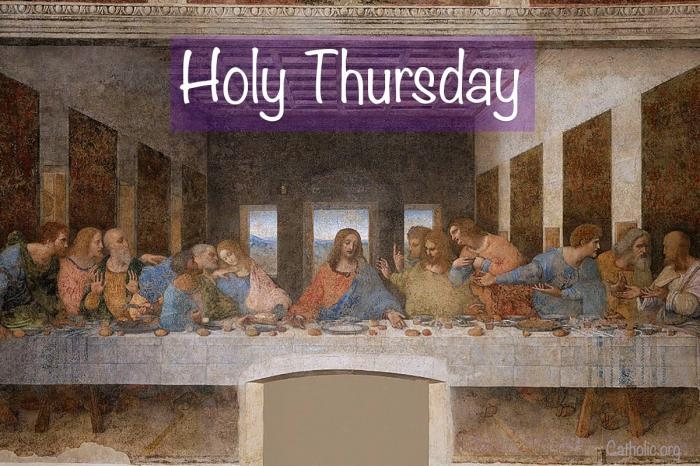 |
| Holy Thursday: History, Significance, Celebrations. Photo: Catholic |
Except for the resurrection on Easter, Holy Thursday is possibly one of the most important, complex, and profound days of celebration in the Catholic Church. Holy Thursday celebrates the institution of the Eucharist as the true body and blood of Jesus Christ and the institution of the sacrament of the priesthood.
Why is Holy Thursday sometimes called “Maundy Thursday?”
The word “Maundy” is derived from the Latin word mandatum, or “mandate.”
This word is used in the Latin text for John 13:34:
“Mandatum novum do vobis ut diligatis invicem sicut dilexi vos.”
Or, in English:
“A new commandment I give unto you, That ye love one another; as I have loved you.”
Holy Thursday is thus sometimes called Maundy Thursday because it was on this day that Christ gave us the new commandment — the new mandate — to love one another as he loves us.
When Is Maundy Thursday
Holy Thursday: History
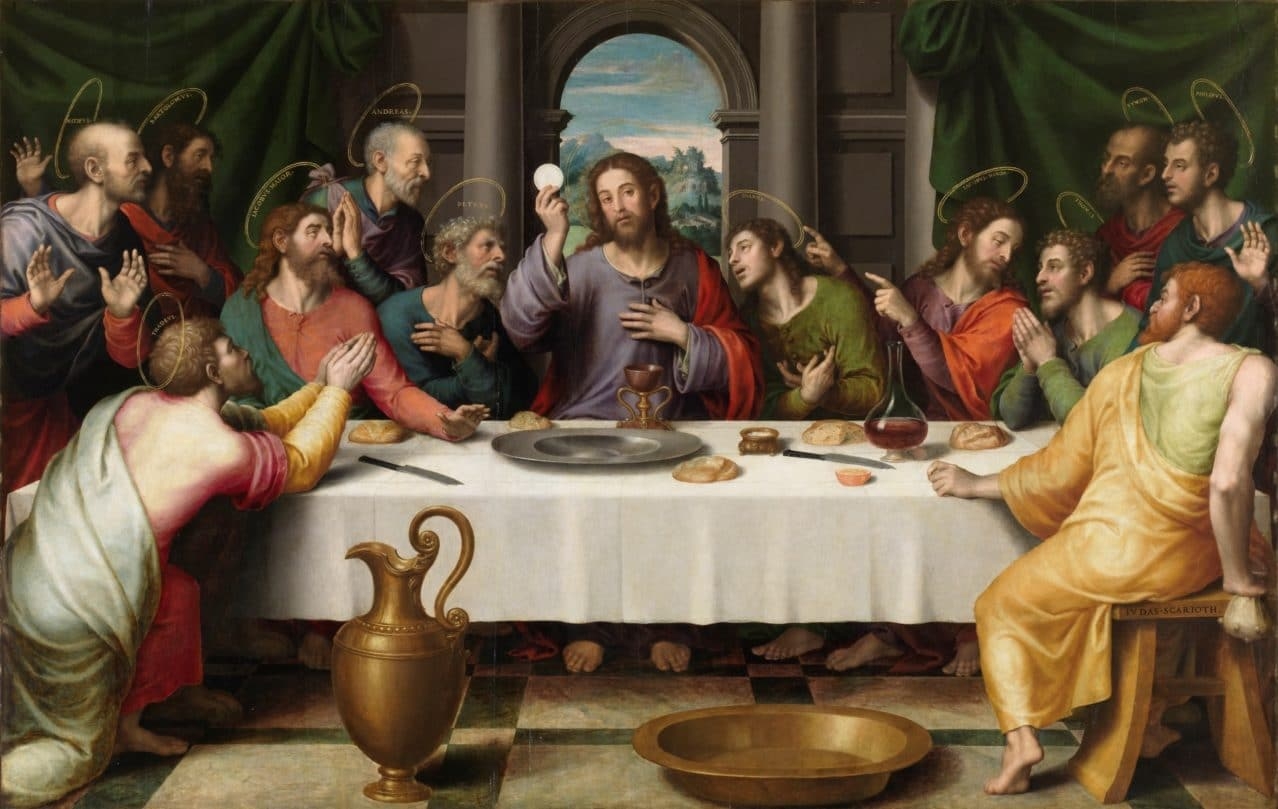 |
| Photo: Nationaltoday |
For most Christians, this week — Holy Week — is the most important week of the year. Holy Week culminates in the Paschal Triduum, the three days commemorating the crucifixion, death, and resurrection of Jesus Christ, Theweek noted.
During the Last Supper, Jesus offers himself as the Passover sacrifice, the sacrificial lamb, and teaches that every ordained priest is to follow the same sacrifice in the exact same way. Christ also bids farewell to his followers and prophesizes that one of them will betray him and hand him over to the Roman soldiers.
RAED MORE: Passover 2021: Date&Time, History, Significance, Traditions & How to Celebrate
Holy Thursday: Significance
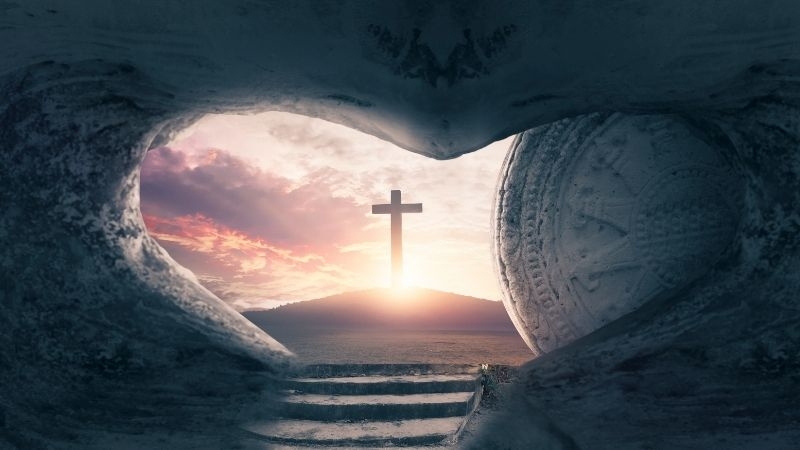 |
| Photo: Scotsman |
Around the world, Bishops and priests come together at their local Cathedrals on Holy Thursday morning to celebrate the institution of the priesthood. During the Mass, the bishop blesses the Oil of Chrism that will be used for Baptism, Confirmation, and Anointing of the sick or dying.
At this Mass, the bishop washes the feet of twelve priests to symbolize Christ’s washing of his twelve Apostles, our first bishops and priests.
Later that night, after sundown – because Passover began at sundown- the Holy Thursday Liturgy takes place, marking the end of Lent and the beginning of the sacred "Triduum,” or three, of Holy Week. These days are the three holiest days in the Catholic Church.
This Mass stresses the importance Jesus puts on the humility of service, and the need for cleansing with water, a symbol of baptism. Also emphasized are the critical importance of the Eucharist and the sacrifice of Christ’s Body, which we now find present in the consecrated Host.
At the conclusion of the Mass, the faithful are invited to continue Adoration of the Blessed Sacrament throughout the night, just as the disciples were invited to stay up with the Lord during His agony in the garden before His betrayal by Judas.
After Holy Thursday, no Mass will be celebrated again in the Church until the Easter Vigil celebrates and proclaims the Resurrection of the Lord Jesus Christ, Catholicnewsagency cited.
Holy Thursday: Names in Popular Tradition
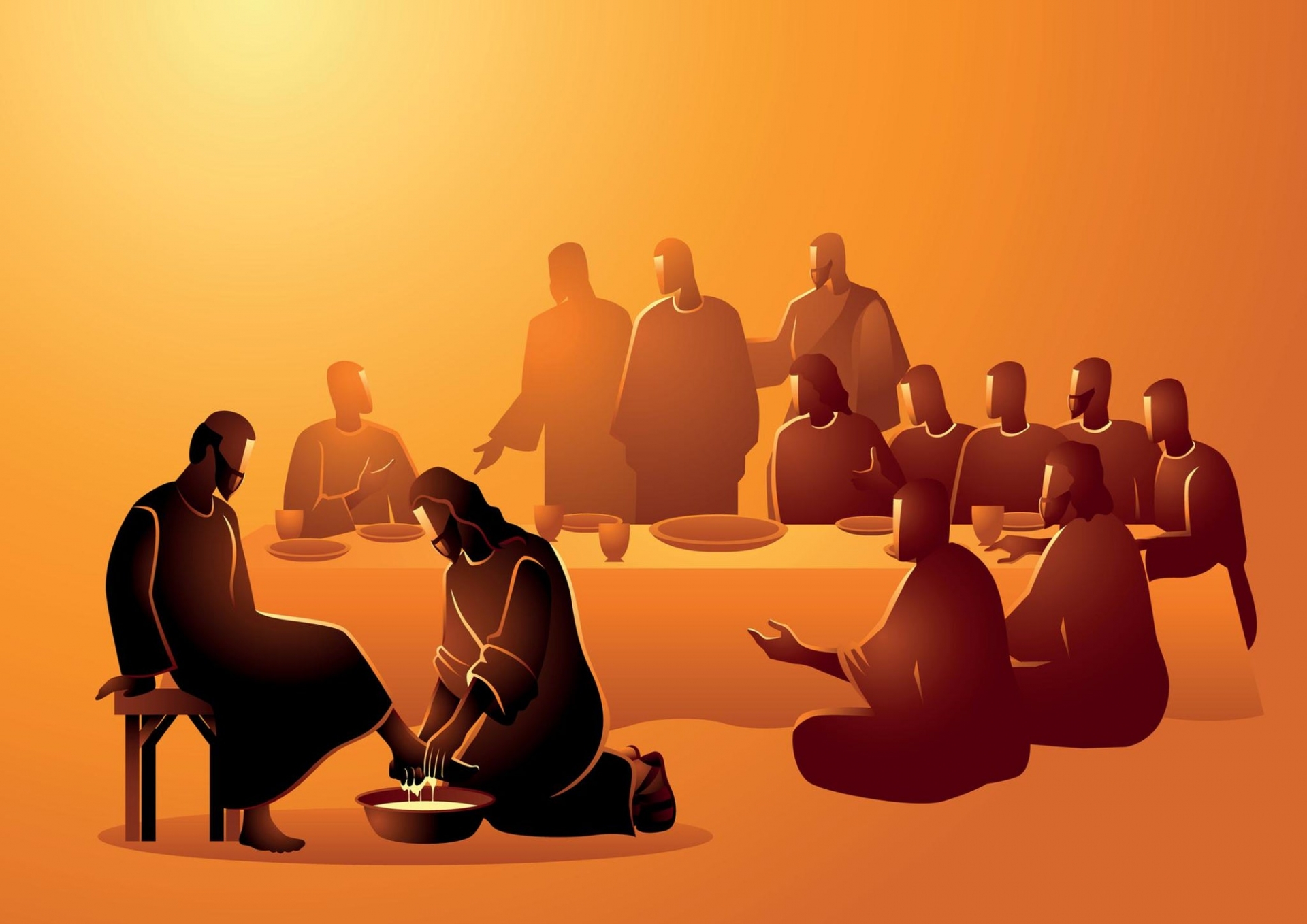 |
| Photo: Insider Pureflix |
The simple and general title for Thursday of the Triduum is “Holy Thursday” but there are many common names of Holy Thursday around the world.
Maundy Thursday (le mande; Thursday of the Mandatum)—The word Mandatum means “commandment.” Thus the term Mandatum (maundy) was applied to the rite of the feet-washing on this day.
Green Thursday—In all German-speaking countries people call Maundy Thursday by this name (Gründonnerstag). From Germany the term was adopted by the Slavic nations (zeleny ctvrtek) and in Hungary (zold csutortok).
Pure or Clean Thursday—This name emphasizes the ancient tradition that on Holy Thursday not only the souls were cleansed through the absolution of public sinners but the faithful in all countries also made it a great cleansing day of the body (washing, bathing, shaving, etc.) in preparation for Easter.
| Holy or Great Thursday—The meaning of this title is obvious since it is the one Thursday of the year on which the sacred events of Christ’s Passion are celebrated. The English-speaking nations and the people of the Latin countries use the term “Holy,” while the Slavic populations generally apply the title “Great", Catholicculture listed. |
Holy Thursday: Celebrations
Besides the traditional feast and church service, other international celebrations include:
- In Britain, the monarch gives alms, which are coins, to senior citizens. This is also called “Maundy Money,” which is a common practice outside of the US, though the ages of recipients differ.
- Swedish children dress as witches and go door to door for candy, coins, or Easter eggs. This is due to the day’s association with folklore.
- In Bulgaria, participants decorate Easter eggs on Maundy Thursday.
- A state in India, Kerala, takes the holiday very seriously, with services often lasting until after midnight.
- In the Czech Republic, children may walk around making noise with rattles.
- All over the world, observers may participate in the tradition of visiting seven churches on Maundy Thursday, Wilstar noted.
| Several things: The bishop celebrates a “Chrism Mass” with his priests (usually). The Mass of the Lord's Supper is held in the evening. At the Mass of the Lord's Supper, the priest (often) performs the washing of feet. The Tabernacle is empty and the Eucharist is put in a place of repose. The altar is stripped. The faithful are invited to spend time in Eucharistic adoration while the Sacrament is in repose. |
Symbols
The name “Maundy” most likely stems from the Latin word mandatum (or mandatum novum) which relates to the English words “commandment” or “a new mandate”. It refers to Jesus’ words after he washed his disciple’s feet. He instructed them with a new commandment – to love one another as he loved them.
Background
Maundy Thursday occurs during Holy Week and remembers when Jesus Christ instituted the Eucharist during the Last Supper, an event that is told in the Christian bible. It also commemorates the practice of ceremonial foot-washing to imitate Jesus, who washed his disciples’ feet before the Last Supper as a sign and example of humility and love. Holy Thursday also commemorates the events that took place on the night before Jesus’ crucifixion.
A special Eucharist commemoration on the Thursday of Holy Week was first mentioned in the North African Council of Hippo’s documents around 393 CE. There have been many references to Maundy Thursday observances after that date. Maundy Thursday was also known as Shear, Char, Shrift, and Sharp Thursday. These names are believed to have derived from cutting or trimming hair or beards before Easter during the 14th century. This particular custom signified spiritual preparation for Easter.
Roman nobility practiced washing other people’s feet during the mid-19th century. This practice is no longer common in some Protestant churches but many Catholic and Anglican churches still celebrate this Maundy Thursday rite.
What is the “Chrism Mass?”
According to the main document governing the celebrations connected with Easter, Paschales Solemnitatis:
The Chrism Mass which the bishop concelebrates with his presbyterium and at which the holy chrism is consecrated and the oils blessed, manifests the communion of the priests with their bishop in the same priesthood and ministry of Christ.
The priests who concelebrate with the bishop should come to this Mass from different parts of the diocese, thus showing in the consecration of the chrism to be his witnesses and cooperators, just as in their daily ministry they are his helpers and counselors.
The faithful are also to be encouraged to participate in this Mass, and to receive the sacrament of the Eucharist.
Traditionally the Chrism Mass is celebrated on the Thursday of Holy Week. If, however, it should prove to be difficult for the clergy and people to gather with the bishop, this rite can be transferred to another day, but one always close to Easter.
The chrism and the oil of catechumens is to be used in the celebration of the sacraments of initiation on Easter night.
| What Do People Do? The day is also known as Passion Thursday, Paschal Thursday or Sheer (or Shere) Thursday. It is the day before Good Friday and occurs during Holy Week. Many Catholic and Anglican churches continue traditional Maundy Thursday rites that may include handing out special coins known as “Maundy money” to the aged and poor. Churches may also have the blessing of holy oil and feet washing as part of their Maundy Thursday service. Some churches have a tradition that involves priests washing the feet of 12 people to symbolize Jesus washing the feet of his disciples. Many Maundy Thursday church services take place in the evening. Maundy Thursday is known as "Green Thursday" (Gründonnerstag) in Germany, where green vegetables and salad, including spinach salad, are served as part of the tradition. Maundy Thursday is known as skjærtorsdag in Norway and is a day off for workers and students. It is known as skärtorsdagen in Sweden and is linked to a folktale about a witches’ day. |
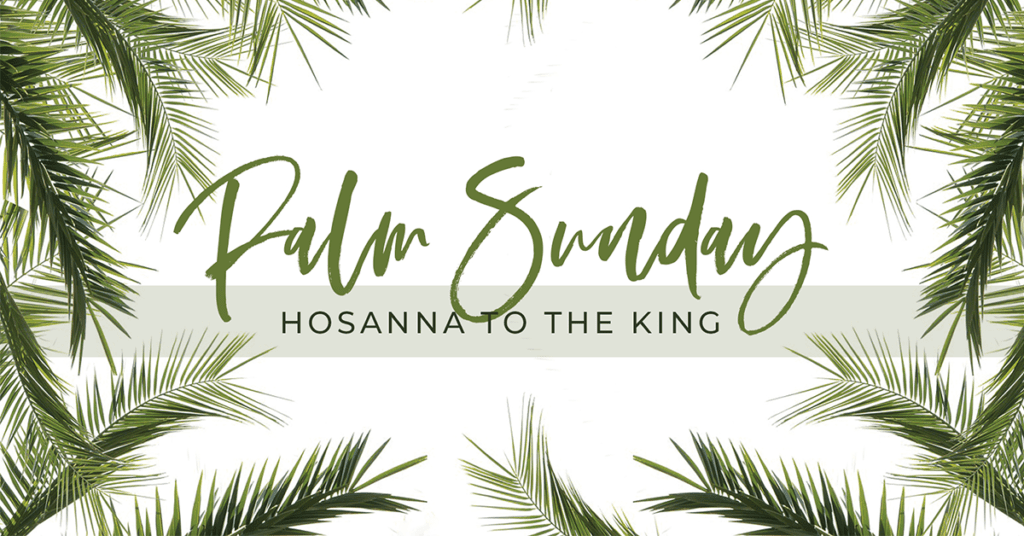 Palm Sunday (March 28): History, Significance, and Celebrations Palm Sunday (March 28): History, Significance, and Celebrations On Palm Sunday, Christian worshipers celebrate the triumphal entry of Jesus Christ into Jerusalem, an event that took place the week before the Lord's death ... |
 World Backup Day: Date, Time, History, Significance & Celebrations World Backup Day: Date, Time, History, Significance & Celebrations A number of people might not hear about World Backup Day since this day is only celebrated for about a decade. For more information, check ... |
 Holi Bhai Dooj 2021: Date, History & Significance, Celebrations and All You Need To Know Holi Bhai Dooj 2021: Date, History & Significance, Celebrations and All You Need To Know If you find interests in Bhai Dooj Festival (or Bhaubeej, Bhai Tika, Bhai Phonta), a festival celebrated by Hindus, check the information below. Knowinsiders has ... |
 World Theatre Day (March 27): History, Significance, Celebration, Wishes and Quotes World Theatre Day (March 27): History, Significance, Celebration, Wishes and Quotes The theater has been one of the most popular forms of entertainment since the Greeks, and the acting industry today is a hard but potentially ... |
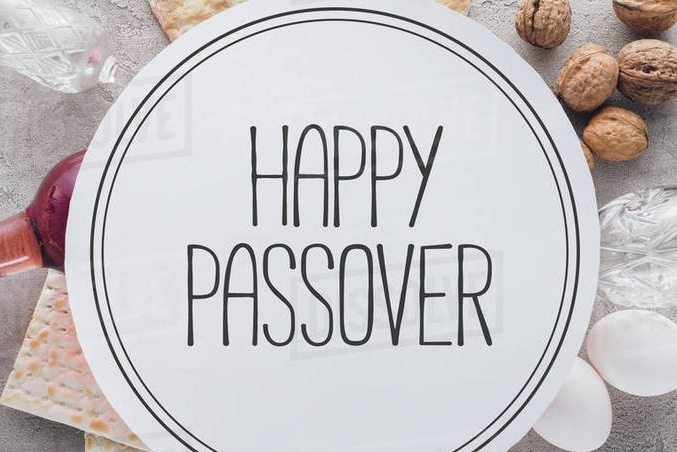 Passover 2021: Date&Time, History, Significance, Traditions & How to Celebrate Passover 2021: Date&Time, History, Significance, Traditions & How to Celebrate The holiday of Pesach, or Passover is a festival of freedom. What does this annual holiday celebrate? Learn about Passover’s meaning and find traditional recipes, ... |


























